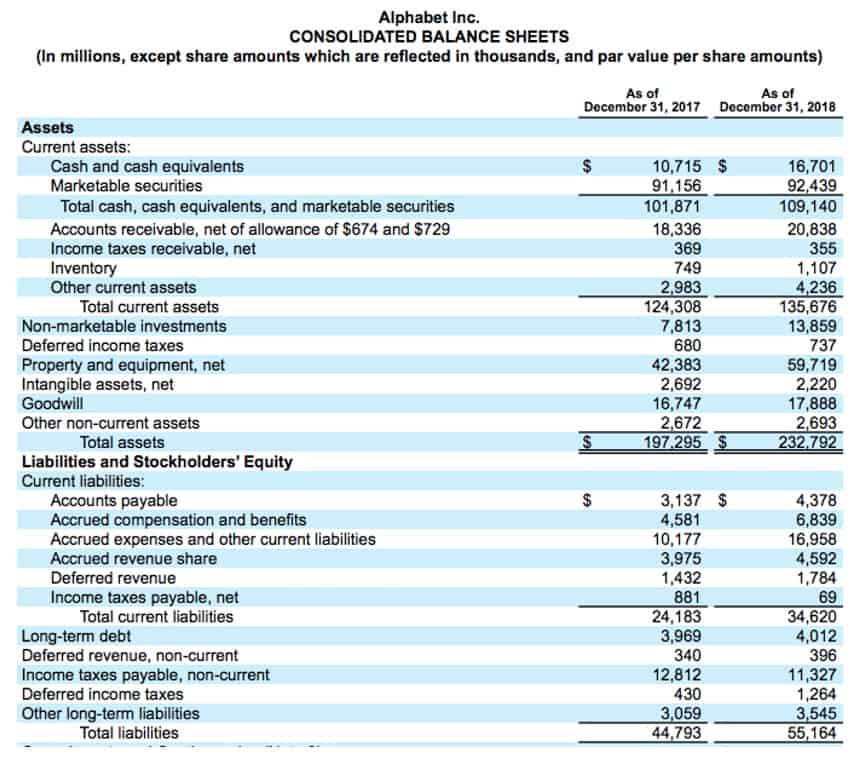
After contacting the vendor, they accepted the error and issued a credit memo for the overcharged amount. The credit memo states that a $250 credit has been applied to Jane Corporation’s account, reducing the amount they owe to $250. A credit memo is usually signed by an authorized https://www.bookstime.com/ representative of the issuing party to validate its authenticity and approval. This signature ensures accountability and compliance with organizational policies and procedures.
Real-life Examples of It
Our platform allows you to create, send, track, and e-sign sales invoices in minutes using templates or creating one from scratch. Avoid any unauthorized adjustments by granting access to only relevant members of your team, ensuring each credit memo is verified and signed. Let’s briefly elaborate, exploring each common type of credit memo used in business.
Mismatch in credit memo and invoice details
- So a best practice is to issue credit memos timely by using document management software to prevent financial reporting disruption and increase customer satisfaction.
- The buyer, in this case, might issue a debit memo to the vendor, indicating a deduction from the owed payment due to the incomplete delivery.
- In that case, the store may give you a credit memo as proof that you returned the item so that you can keep track of the transaction.
- This way, it helps keep track of changes in accounts and ensures that transactions are accurate and transparent.
- Remember, efficient tracking and management of They are crucial, and Tratta’s software can facilitate this by seamlessly integrating with your current financial systems.
It is when the seller of goods issues a statement credit to their customer’s account instead of a direct refund or another payment method. A statement credit usually happens when the amount returned is too small to be paid in any other way. Again, this ensures that both parties keep accurate records of transactions between them.
Credit Memo Journal Entry
- Many confuse a credit memo with a voucher but are two entirely different documents.
- Unlike a refund which reverses a sale, a credit memo is issued after the original invoice and reduces the existing balance due.
- It’s important to note that issuing a credit memo is part of standard business practice and should not be taken lightly.
- For example, suppose a customer orders two pairs of shoes online but only keeps one pair and returns the other for a refund.
- Today, most of the businesses are using accounting software to account and issue sales invoices as well as credit memo/ credit note.
- Credit memos make it easy to reflect the changes in the outstanding amount in an accurate way without impacting the invoicing processing or the financial statements.
- It also includes details such as payment methods and expectations for repayment.
On the other hand, the https://x.com/BooksTimeInc business or the seller will record the memo as a reduction in the receivable accounts (to reduce the expected cash inflow). Businesses run on money, and invoices are crucial for maintaining their flow. But what happens when customers delay payments due to requests for returns, exchanges, invoice errors, or ungranted discounts? Have you ever faced these challenges, where small discrepancies threaten to disrupt your financial performance and the accuracy of your financial statements? A credit memo is an important part of accounting because it lets the person who gets it lower their accounts receivable balance, and the person who sends it lower their accounts payable balance.
Delays in issuing credit memos

So, make sure to issue credit memos timely to avoid any financial reporting disruption and ensure customer satisfaction. They apply credit to a buyer’s account for future use rather than returning cash. While sometimes issued alongside refunds, credit memos alone don’t guarantee cash back. Getting a credit memo may require adjustments to the buyer’s financial statements. The decrease in accounts payable and any related adjustments to expenses or inventory will impact the buyer’s income statement, balance sheet, and statement of cash flows. Issuing a credit memo may necessitate adjustments to the seller’s financial statements.


Depending on your area’s company policy and accounting laws, you may need to send copies of credit memos and the paperwork that goes with them when you file tax returns or other financial reports. No matter what, credit memos are important for business and should be handled carefully to ensure they are correct and follow the rules. There are many reasons why credit memos are issued by sellers to buyers. It is an important document used during refund or return of goods sold, offering incentives or rectifying billing errors. It indicates a reduction in the owed amount and facilitates business communication in a transparent manner. It includes the sales details and so the seller should periodically review all open memos to settle them.
- Let’s look at the scenario where a customer makes a late payment on their credit card bill.
- A credit memo is a short document issued by a seller to a buyer lowering the amount owed or his accounts payable from a previous invoice.
- This document is made when the person selling goods returns money to the person who bought them.
- Overall, it can be concluded that a credit memo, when used, makes the backtracking of a particular product’s discount history easy for the seller.
- A credit memo is a term commonly used in business to address invoicing errors or product-related problems.

With Peakflo, you gain the flexibility to link a credit note directly to its corresponding invoice, enabling precise documentation of any modifications. It not only enhances control over the credit memo creation and approval process but also provides a transparent timeline to track any changes made. Elevate your credit memo management and experience a more efficient and organized approach to handling financial transactions. A credit memo, also known as a credit memorandum, is a document used by a seller to adjust or reduce the amount owed by a buyer for goods or services what does a credit memo look like purchased. Credit memos provide a way for businesses to correct billing mistakes or account for returns after an invoice has already been issued. Unlike debit memo, which increases the amount owed, credit memo decreases the amount owed.
- 1) A debit to Accounts Payable for $200; the restaurant isn’t going to expect to have to pay for damaged goods.
- As technology improves, more and more businesses are using electronic credit memos to send information quickly and safely over long distances.
- Credit memos are widely used in B2B transactions and are crucial to accounting and customer service.
- An invoice credit is an adjustment made to an existing invoice to reduce the amount due from the customer.
- In the event that you have already paid the total amount of the invoice without offsetting your credit memo, you can either ask for a refund or use that credit against future invoices.
What Is The Difference Between Credit Memo vs Invoice
Credit memos are an important part of compliance and auditing in terms of accounting. They provide credible documents to auditors and tax authorities for accurate books of records or financial reporting maintaining the standards and norms set by regulatory bodies. However, if the buyer hasn’t made the payment for the invoice yet, they are required to utilize the credit memos to deduct from the total of the initial invoice. Once the credit memo reduces the original invoice, the buyer is then responsible for settling the remaining balance. A credit memo reduces the amount a customer owes, while a debit memo increases the amount owed.
